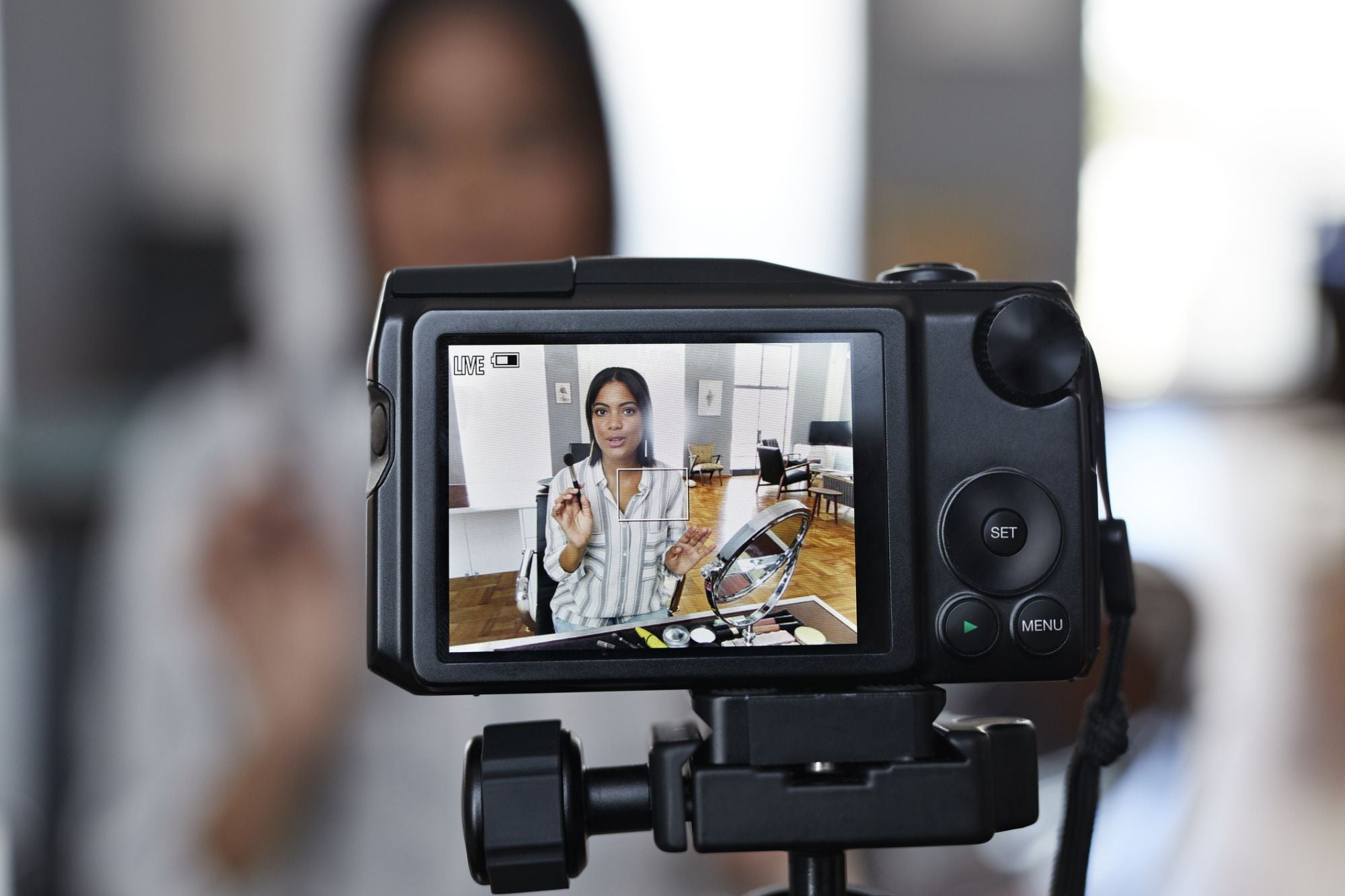
By connecting with bigger brands that your target audience interacts with, you can increase the strength of your marketing efforts.
June 20, 2019 5 min read
Opinions expressed by Entrepreneur contributors are their own.
The following excerpt is from Scott Duffy’s book Breakthrough. Buy it now from Amazon | Barnes & Noble | Apple Books | IndieBound
I’m always looking for ways to expand my reach, build an audience and convert that audience to sales. I’ve found that building that from the ground up can take a lot of time and money. Also know that on the way up, gaining your audience’s trust is key.
When I wrote Launch, I was beginning to transition out of technology and back into training. I started to feel a disconnect. I was doing a lot of work, selling one book to one person at a time. It seemed totally inefficient. I was used to building internet companies that scaled to millions of users. I wondered what would happen if I sold my content to one company that would distribute to millions of users rather than one person at a time.
So I asked myself, How can I leverage content to grow my brand, build awareness, increase my reach, and build credibility quickly? The answer was getting connected to larger brands that were embraced by my target customer.
I decided to do this in three different ways: as a brand ambassador, social influencer, and contributor. You can also apply this to your business brand as you grow and scale. You can make a name for yourself as an expert in your industry, which helps scale up the rest of your business profile. There’s a lot of overlap across the three roles. In many cases, a deal includes all three of the things listed below.
Related: The Steps of Creating Your Buyer Blueprint
Brand ambassador: A person who’s hired by an organization to represent a brand in a positive light and, by doing so, help increase brand awareness and sales. This is a top priority for big companies today because people are more likely to buy after a recommendation from someone they trust, rather than from anything a brand has to say about itself. Brand ambassadors can be a highly effective mouthpiece in certain communities.
Social influencer: A person who has built or has access to a large audience on social media and can persuade others by their authenticity and reach. Today, more than 65 percent of purchase decisions are made before a person gets to the store. They go to websites, look at reviews, and listen to what the people they follow have to say on social media. Because social media influencers can have millions of followers in a specific niche, they can be a valuable mouthpiece for brands.
Related: 8 Simple Ways to Make Social Media Work for Your Business
Contributor: A person who contributes content to a media outlet or corporation. Today, media companies and organizations can’t seem to create their own content fast enough. Big websites like Yahoo!, Huffington Post, Entrepreneur, etc., need to post hundreds, if not thousands, of new articles each and every day for their sites to look fresh. Because the cost doesn’t make sense, many organizations have turned to third parties to contribute content for free, in return for distribution and promotion across their channels.
Back to Launch. I asked myself:
- What media and corporate brands are most aligned with my content?
- Where is there the biggest overlap with my target customer?
- What problem do these brands have that I can solve with my content?
What I realized is that content is a powerful tool, used to attract, convert, and retain customers online. It can position you as an authority and build credibility. For me, it’s all about content; for your business, it could be something totally different.
I spoke to several companies and the founders of a major business magazine. They typically deal with later-stage businesses, rather than those that are launching. But they wanted to explore offering this type of early stage content to potentially expand their customer base. So, we created a new channel for the publication. I developed a step-by-step program that guided entrepreneurs through the process of taking their idea to market. Instead of putting content in front of one person, as with my book, it became a channel on the magazine’s website, which was accessed from the homepage. This association with the magazine’s brand gave me and my book another level of credibility and provided more awareness to sell books to thousands of people rather than one at a time. It was a big win for me. It was also a big win for the magazine. They got a great channel and several hundred pieces of content.
Related: 5 Ways to Inspire Creativity and Innovation in Your Employees
Next came Microsoft, which needed content for small businesses. I created the content. They distributed it and provided huge reach. This was literally seen by millions. They got the content they needed, and I got the views, traffic, implied credibility, and endorsement by evangelizing their products and services.
So how do you apply my branding breakthrough to your own business? Try this:
- Pick ten brands you love and use every day.
- Pick ten brands your customers use.
- Make sure there’s a heavy overlap with your target customer but that they’re noncompeting products.
- Offer to represent the brand, share and promote it via your channel, and/or become a contributor.
- Get paid via cash, trade, access, etc.
Make your own mark as a brand, and it can have a ripple effect that naturally helps the rest of your business scale up — all while you’re bringing in additional profit.
This article is from Entrepreneur.com









